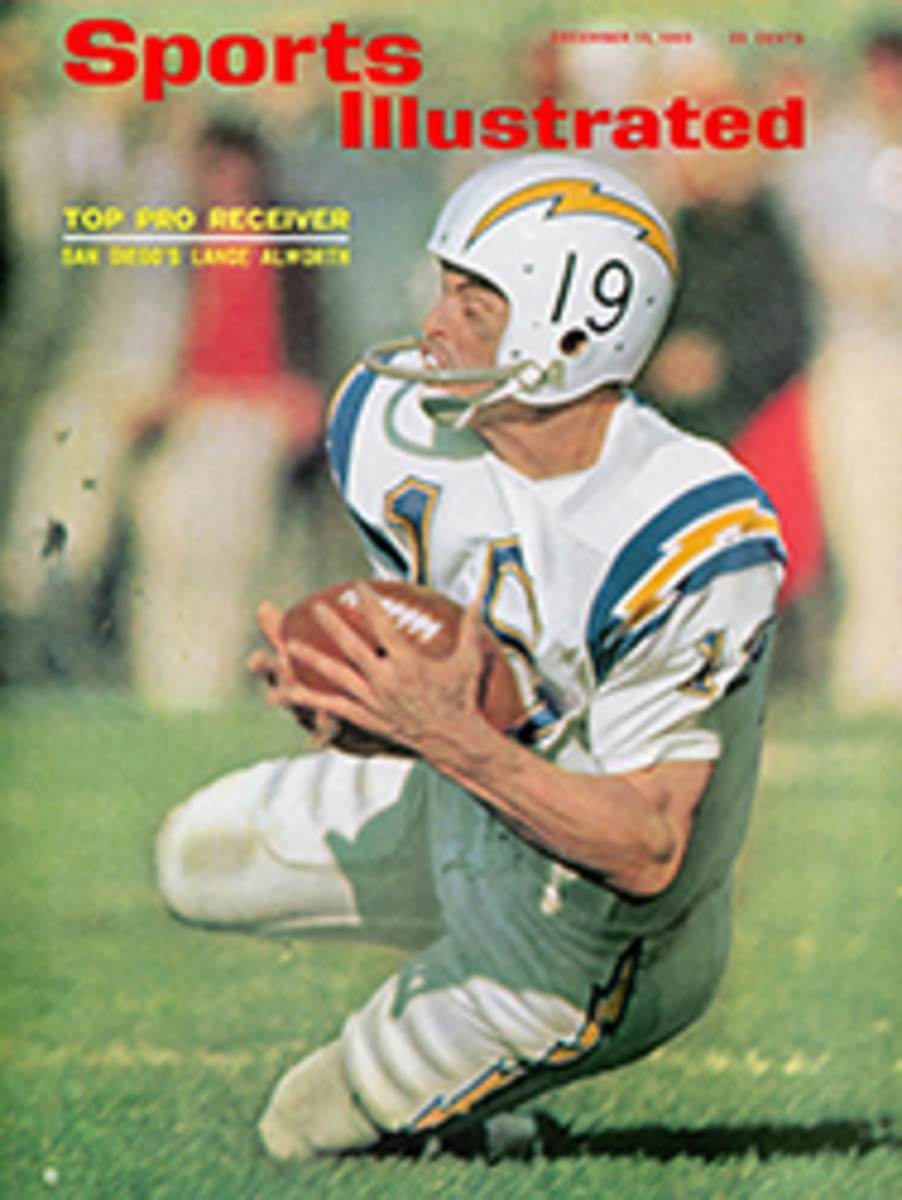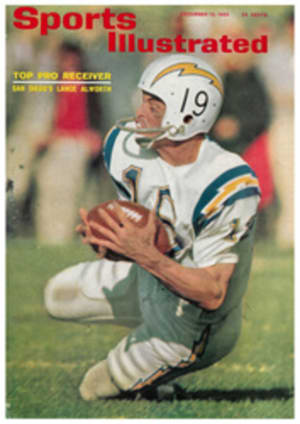
A sport in which it pays to have the shorts
Whenever the Warren Millers and John Jays need a comedy routine for their ski movies they splice in some footage of wobbly, first-time skiers tripping over their 7-foot skis. If ski instructors and manufacturers have their way, the ski-movie moguls soon may have to look elsewhere for their gags. From the Alps to the Pacific Cascades, there is a trend to shorter, more maneuverable skis, particularly for beginning skiers, who may later step up to longer skis, but not so long as the ones most skiers now use. The short ski, measuring from 5 to 6 feet, is proving so useful that many an experienced skier is also reconsidering the length of his old favorites.
The rule of thumb that a ski should be measured from the floor to the palm of the upraised arm is a relic of the days of hickory skis and overrotated turns, and this shopworn standard will soon be as dated as baggy pants and rope tows. Height, weight, physical condition and even age are all factors to be considered in selecting skis.
"A 210-centimeter [6 feet 11] ski is much too long for beginners," says Professor Stefan Kruckenhauser of St. Christoph, Austria, the man who formulated the modern Austrian ski technique. "In my opinion, beginners should use a ski only 150 centimeters [4 feet 11] long. One can learn to ski parallel very quickly, and there are fewer injuries with a shorter ski." The short-ski concept has been successfully tested at the Karl Koller Ski School in Kitzbühel for the last 15 years.
But why use longer skis at all? Racers, instructors and advanced recreational skiers all need longer skis for stability at higher speeds. Racers, for example, use skis more than 7 feet long for downhill competition. What the salesman in the shop neglects to tell the novice is that top skiers are so strong they could have wedded on the 12-footers used by Snowshoe Thomson to deliver the mail in the California Sierras during the 1860s.
Since Snowshoe's time, the length of skis has steadily shrunk. Today the expert recreational skier is using a ski six inches shorter than he would have used 10 years ago. Pete Seibert, general manager at Vail, Colo. and one of the strongest skiers in the Rockies, believes shorter skis are safer and much easier to handle. "I have switched from a 7-foot 3-inch ski to a 7-footer myself," he says.
Not everyone believes in short skis. "We are certainly not going to push them in the Aspen Ski School," says Director Curt Chase. "A good instructor can teach a beginner to stem in three or four days. How much faster can you go?" Chase concedes shorter skis might speed up the learning process a bit, but not enough to warrant a change in the school's curriculum. There is no demand for them, according to Chase. "We gave 60,000 lessons in our ski school last year, and not more than half a dozen asked for a shorter ski," he says.
Former Olympic Racer Jack Nagel of Crystal Mountain, Wash. has been recommending shorter lengths for beginners for the past seven or eight seasons. He prefers to bring his pupils along to a point where they are just about ready to ski parallel before putting them on the longer skis.
The holdup on short skis is partially an economic one. "You cannot honestly tell a skier to buy a 5-foot ski costing $100 or more if you believe he will require a longer ski costing $100 or more when his skill increases," says Nagel. "Ideally, we suggest that skiers rent the 5-footers for the first few times out and move on later to a ski that suits their skiing skills."
Ski Manufacturer Howard Head not only says the short ski has a place in the learning procedure but calls it the perfect antidote for the ski-school dropout and the middle-aged doctor. The Head handbook is effusive on the subject of short skis. "Here is the amenable, under-size ski that gives you 10 times the fun for one-tenth the effort. Be more mature, less daring, less dedicated, casual about your technique," the book urges. "Even spend some winter weekends at home."
"We are selling more and more short skis," says Head. "Our Shortski model is wider and has less camber than our Standard. It drifts through a turn, it doesn't carve a track." Head's smallest Shortski is 4 feet 11 inches. The Shortski, Head points out, is not a ski for children. They should have more flexible, shorter versions of the Standard.
There are things short skis will not do. They are no easier to maneuver in deep powder than long skis (less flotation). They do not hold as well on steep, icy slopes and they do not provide as stable a ride over rough, moguled terrain.
These are factors that keep the sport's conservatives from endorsing shorter skis. But what really bugs the Old Guard are the short skis prescribed by a Vermont ski instructor named Clif Taylor. He makes skis that are only 33 inches long as well as 4- and 5-footers. Taylor barnstorms across the country selling his little skis with the fervor of a medicine-show man, claiming they will have you parallel in one day of skiing. He has written two books on his short-short-ski technique, Instant Skiing and Ski Parallel in a Day. In Hogback, Vt., where Taylor teaches, his advice is, "Simply twist your feet to turn your skis."
His critics agree. In fact, they say if you wiggle your ears, the skis will turn—and that is the problem. Short-short skis are too tricky for beginners on all but easy, packed slopes. Dave McCoy of Mammoth Mountain, Calif., one of America's most respected ski coaches, feels it takes a good skier to handle them. "In deep snow they are a stiff, tough ride."
Walter Foeger of Jay Peak, Vt. says the real short skis should be banned by law. At Petersburg Pass, N.Y., Bill Haskins, an expert on short-short skis, says their lack of front-and-rear stability will somersault most skiers over the tips in deep snow. Howard Head is skeptical of the idea of a short-short ski. "A play ski," he terms it.
Taylor disagrees. "For powder or deep snow use my 4-foot skis," he says. "On glare ice the 33-inchers bite into the boiler plate like a skate, because the weight of a skier is concentrated on a short-edge length. Only racers really need 7-footers.
"What about the skier who still stems or snowplows his way down the mountain after 10 years of skiing?" Taylor asks. "He must be doing something wrong."
ILLUSTRATION

